
Kate is a journalist, digital content editor, and SEO specialist, with 20+ years of experience in print and digital communications. In leading the online publishing and marketing efforts of Science Connected, Kate is spreading science literacy, social good, and environmental sustainability while debunking pseudoscience through science journalism.

How Do Shark Teeth Bite?
Shark teeth come in many different shapes and sizes. Some are triangular, some have notches or curves, and some are shaped like spikes. But how do they work? By Kate Stone For as long as humans have walked the earth, we have been fascinated by shark teeth. Sharks are famous for their biting skills. These ...
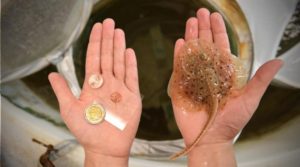
Robotic Ray with Rodent Cells
Yes, researchers have created one of the things we have all been waiting for: A robotic ray. It represents the latest in tissue-engineering. By Kate Stone This isn’t a rubber stingray that works like a radio-controlled car or a programmable rover. This robotic stingray is powered and guided by light-sensitive rat-heart cells. Yes, you read ...
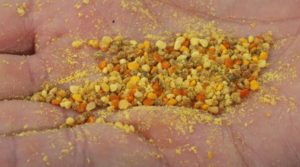
Honeybee Pollen and Pesticides in Your Garden
By Kate Stone Scientists at Purdue University have been investigating where bees collect most of their pollen—and, consequently, unintended pesticides. The results are unexpected. Even in agricultural areas dominated by soybeans and corn, honeybees collect most of their pollen from plants other than agricultural crops. Furthermore, the pollen is consistently contaminated with pesticides. Tweet this: ...

No Junk Food for Urban Honeybees
By Kate Stone Urban bees have access to soft drinks, candy, and other sweet junk food, but bees don’t want our processed sugars. Instead, they stick to a diet of flower power. But are there enough flowers in cities to satisfy the bees? Researchers at North Carolina State University have found that urban bees stick ...
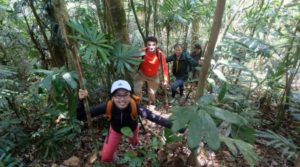
Outwitting Poachers with Anti-Poaching AI
Every day, poachers kill tigers, elephants, rhinos, and other animals. Artificial intelligence (AI) tools are in development to change this. By Kate Stone By now, we have all heard about the poaching of endangered animals. A century ago, more than 60,000 tigers roamed the wild. Today, the worldwide wild tiger population has shrunk to around ...

Does Air Pollution Raise Your Risk of Obesity?
By Kate Stone It is generally understood that breathing polluted air can damage our lungs. However, a new study recently found that lab rats that breathed Beijing's highly polluted air for eight weeks not only developed breathing problems, but also gained weight. The researchers warn that air pollution exposure can contribute to metabolic dysfunction and obesity. ...
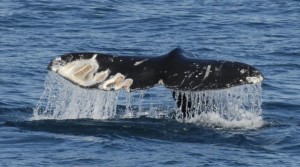
Protecting Marine Mammals with Maritime Tracking
Whales and other marine mammals are often struck by ships, sometimes with fatal results. Researchers and shipping companies may cooperate to protect marine mammals from ship strikes. By Kate Stone When marine mammals surface for air, they are frequently struck by seagoing vessels. In addition, with maritime transport accounting for approximately 90 percent of world ...
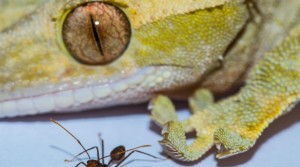
Why Spiderman Can’t Exist, but a Gecko Can
Want to climb walls like Spiderman or a gecko? Not today, but maybe some day. There is a size limit on who or what can stick to walls. By Kate Stone With all due respect to Spiderman, it turns out that physics is against our wall-crawling, web-slinging hero. There is a size limit on who ...
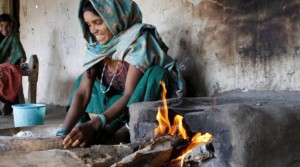
Small Metal Stove Grate Makes Big Impact
An inexpensive metal stove grate insert for primitive cookstoves, created by a University of Iowa research team, may decrease global warming and potentially save many lives. By Kate Stone The World Health Organization (WHO) estimates that 2.7 billion people worldwide still rely on wood fires to cook their food, and more than 4 million die ...
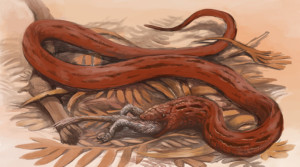
How Did Snakes Lose Their Legs?
Long ago, snakes had legs, so how did snakes lose their legs? A fresh clue as to how and why has been found deep in an ancient snake's inner ear. By Kate Stone Being legless is not what makes a snake a snake. As this article explains, it is the flexible, unhinged jaw that distinguishes ...
